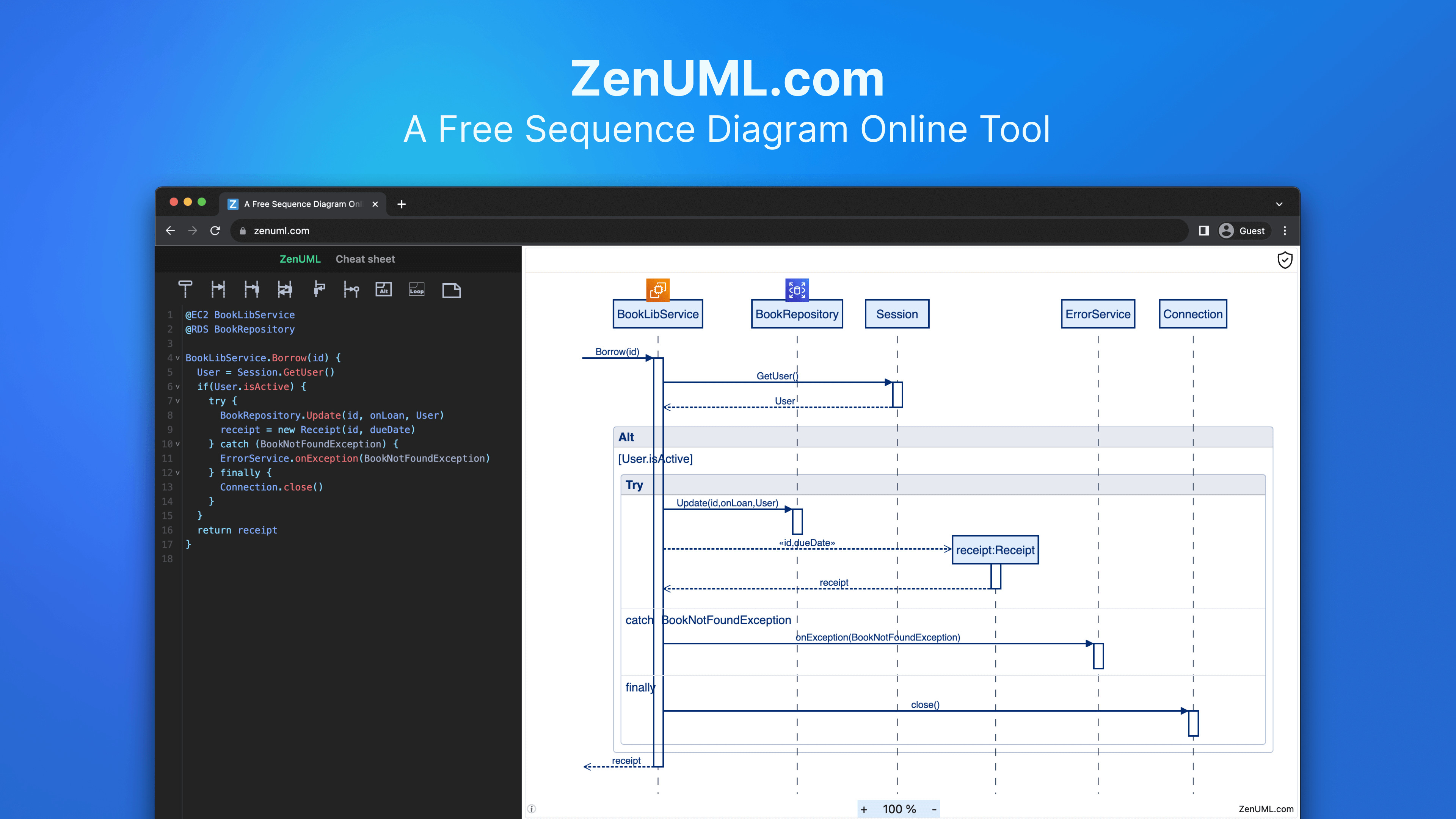Introduction
In the ever-evolving landscape of software development, the importance of effectively communicating and modeling complex systems has become paramount. Domain-Driven Design (DDD), a strategic approach to software design, has emerged as a powerful tool for tackling these challenges. At the heart of DDD lies the concept of the ubiquitous language, a shared understanding of the domain that bridges the gap between business stakeholders and technical teams.
One of the key techniques employed in DDD is the use of sequence diagrams, a visual representation of the interactions between different entities within a system. Sequence diagrams offer a compelling way to document and communicate the dynamic behavior of complex systems, making them an invaluable asset in the DDD toolkit.
In this blog post, we will delve into the intersection of Domain-Driven Design and sequence diagrams, exploring how they can be leveraged to enhance the design and development process. We'll examine practical examples, demonstrating the power of sequence diagrams in various DDD scenarios, and discuss how they can be seamlessly integrated into your workflow.

